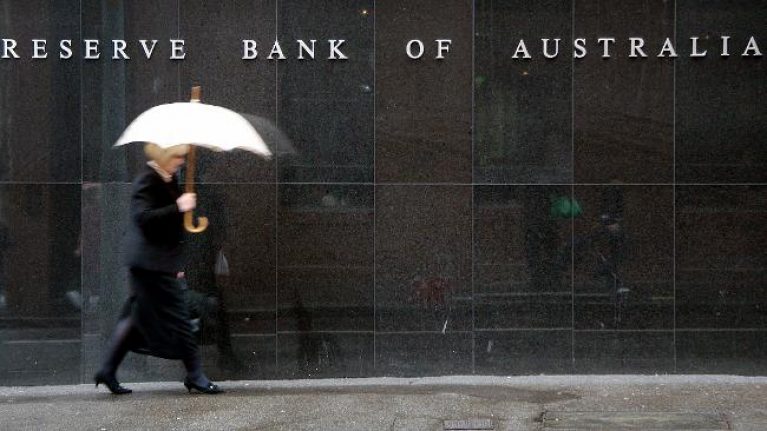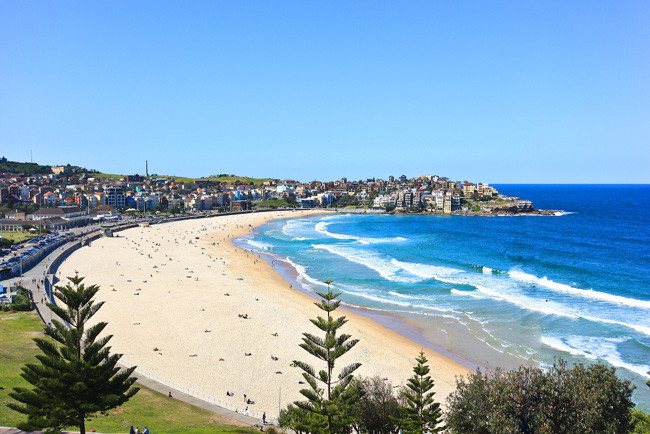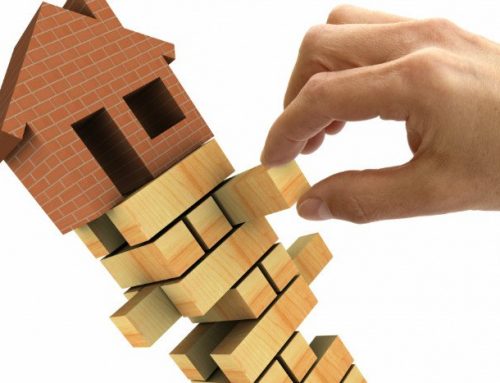You’ve probably heard that the RBA cut the official interest rate AGAIN, meaning we’re now at a new all-time low of 1.5%.
The rates affect pretty much everyone, especially when it comes to mortgage repayments, monthly rental and savings, but what does it mean for the wider economy?
Treasurer Scott Morrison says the continued cuts aren’t necessarily a reflection of a weak economy. He points out Australia’s relatively strong growth rate of 3.1%, and its low trend unemployment rate of 5.7%.
Morrison says Australia is far from the only country facing economic pressure at the moment. The rate cut was a move to combat this pressure, but overall the economy is holding together.
“Low rates, low rates of inflation, low rates of investment, export trade growth is very, very low around the world, this is a global phenomenon,” he said on Tuesday.
That may be so, but is there more to it than this? Why are Australia’s interest rates SO low right now? There are a number of factors involved, according to economists.
The RBA is trying to encourage business investors
More businesses = greater productivity, more jobs, and higher wages. The problem is, there isn’t much business investment going on at the moment.
By cutting interest rates, the RBA is trying to kick-start some new projects as investors have a greater incentive borrow when they can get more for their money. However, some economists argue that this alone is not enough to justify cutting rates which were already at historic lows.
We’ve got a super-low inflation rate
The headline rate of inflation rate is 1% and the underlying rate is at 1.5% and, trust us, that’s low. The RBA is supposed to keep inflation between 2% and 3% over the medium term.
In May, the RBA dropped its forecast for underlying inflation from 2.5% to 1.5%, which means inflation is expected to stay at lower-than-ideal rates for at least a couple of years.
But the RBA doesn’t want us to get used to lower inflation. If we treat this as the new norm, wages growth slows right down and makes it even harder to get inflation rates back on track. By cutting interest rates, the RBA hopes to put a stop to this vicious cycle.
Any reason why inflation is so low right now?
It’s a little bit of a lot of things, really.
As Morrison says, there’s something weird going on when we’ve got a healthy 3.1% economic growth rate yet inflation is almost non-existent.
This global phenomenon of low inflation certainly isn’t helping the situation in Australia. The US and parts of Europe are struggling for growth at the moment, and investors worldwide are reluctant to part with their cash. But we can’t hold the rest of the world fully responsible for our problems.
There’s an underlying factor which is holding back inflation, and it’s a result of Australia’s economic transition.
According to economists, as the mining boom fizzles out, our economy it is shifting its dependence from capital-intensive activity towards labour-intensive activity.
This accounts, in part, for both slow wages growth and poor productivity.
And while low wages do help to boost employment, they are also detrimental to productivity growth because companies opt to use low-paid labourers instead of investing in expensive capital.
“Part of what we’re seeing at the moment is a reminder of the latter part of Paul Krugman’s aphorism that ‘productivity isn’t everything, but in the long run it’s almost everything’,” the economist Saul Eslake said. “In a sense, the weak productivity that Australia’s recording is the flip-side of the same coin of strong employment growth.”
Another contributing factor is the prolonged period of weak income growth that we’re experiencing. And that’s not being helped by changes to our “terms of trade,” which mean we’re getting less for our exports while our imports are costing us more than before.
Am I ever going to see a decent return on my savings?
Another reason for the RBA’s most recent cut is it wants businesses and individuals to invest their savings in riskier assets with higher rates of return instead of just keeping money in the bank.
You’ll get a better return on your investment by owning shares in an Australian bank than you will from having money on deposit in the same bank because the yield on shares is higher than the interest on a term deposit. It’s been that way for quite a while, too.
But Steve Munchenberg, the chief executive of the Australian Bankers’ Association, points out that while the RBA wants people to plough their money into the economy via investments, the Australian Prudential Regulation Authority is requesting that banks increase their deposit funding. Hmmm.
“The reality we’re facing is, amongst the other pressures that are there, for regulatory reasons we need to be increasing our deposit funding,” he said. “But it’s also a prudent thing to do, given the global uncertainty.”
You can see the conundrum we’re in. You’re grandmother’s idea of stashing her savings in a shoebox under the bed is almost starting to look like a sensible option.*
*Loop does not recommend keeping your money in a shoebox under your bed.











